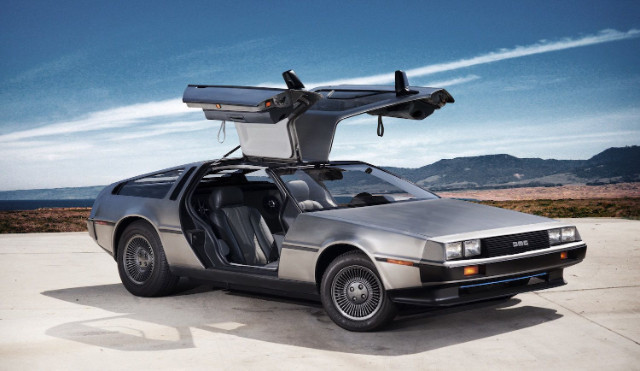If you thought the decade of headbands, MTV, pop music, and neon was gone forever, think again. In fact, it looks like there is an ’80s revival. Yes, the decade that taste forgot is back. It’s visible in almost all aspects of modern culture, from music and fashion, all the way to the modern automotive industry.
From an automotive perspective, the ‘80s was a controversial decade that marked a significant change in technology, design, and classification of cars. During those 10 years, the industry changed and they set the course for the trends we enjoy today. However, due to tight emissions and environmental laws, power figures weren’t high.
The auto industry in the U.S. presented numerous memorable, iconic machines in the ’80s. Interestingly, they range from those inexpensive everyday models to those supercars that foreshadowed the future of car technology and design. So here is an eclectic list of the most memorable and well-known ‘80s classics. Keep reading to learn about the vehicles that will bring a smile to any car enthusiast’s face.

30. De Lorean DMC 12
The infamous John Z. De Lorean founded his car company in the late 1970s. Soon, they marketed his De Lorean as the next big thing in the sports car world. For a short time, it looked like America got a sports car brand that could rival Europe’s finest companies. De Lorean presented an interesting concept of a sports car with Gullwing doors, a modern design, and a stainless steel body.

However, they delayed production so when they finally revealed the car, it turned out to be slow, underpowered, and riddled with quality problems. Due to its prominent appearance in the “Back to the Future Movies” and numerous music videos, the DMC 12 is still a popular car. There’s still no doubt that it’s one of the coolest automotive symbols of the ’80s.
